The city of Los Angeles has long been recognized as one of the most eclectic and forward-thinking cultural capitals of the world, and this August, its art scene is living up to that reputation with a series of exhibitions that blend surrealist imagination, feminist exploration, and immersive public engagement. From world-renowned galleries to outdoor installations in unexpected spaces, the city is offering an artistic season that highlights both international voices and local creativity.
One of the most talked-about shows this month is Marcel Dzama’s Empress of Night at David Zwirner Gallery. Known for his surreal and dreamlike compositions, Dzama has established himself as a contemporary master of visual storytelling, and his latest work continues that tradition with an exploration of mythical archetypes and political undercurrents. Visitors are met with fantastical characters, rich color palettes, and a theatrical sense of narrative that draws directly on surrealist traditions while injecting them with modern urgency. The exhibition not only underscores Dzama’s global reputation but also cements Los Angeles as a city eager to host art that pushes imagination to its outer boundaries.
Equally compelling is the retrospective An American Beauty: 1965–1995 at David Kordansky Gallery, which revisits three decades of American artistic experimentation. The exhibition captures a transformative period in U.S. art history when artists grappled with shifting cultural landscapes, new approaches to form, and a growing embrace of diversity in creative expression. By reflecting on this pivotal era, the retrospective provides valuable historical context while also resonating with contemporary audiences navigating today’s cultural and political changes.
Read Also: https://socaljournal.com/los-angeles-art-scene-flourishes-with-diverse-exhibitions-in-august-2025/
Los Angeles’s embrace of intimate solo exhibitions this season adds another layer to the city’s creative richness. At Karma, Bosnian-born artist Maja Ruznic presents mystical works on paper that draw from memory, folklore, and psychological landscapes. Her art evokes both tenderness and unease, challenging viewers to reflect on the inner life as much as external reality. Across town, at Parker Gallery, Dutch artist Lily van der Stokker offers an altogether different but equally profound vision. Known for her whimsical and colorful motifs, van der Stokker uses floral patterns and playful imagery to explore themes of femininity, aging, and the overlooked beauty in everyday life. Together, these exhibitions illustrate how personal and poetic voices can thrive within Los Angeles’s expansive cultural framework.
Meanwhile, Hauser & Wirth in downtown Los Angeles brings feminist art history into sharp focus with Yo Soy, a major exhibition of Venezuelan-American artist Luchita Hurtado. The show revisits her groundbreaking mid-1970s word paintings, which boldly addressed gender, identity, and self-expression long before such conversations entered the mainstream art world. Hurtado, who gained renewed recognition late in her career, is celebrated here not only for her contributions to feminist art but also for her enduring influence on subsequent generations of artists.
Beyond gallery walls, Los Angeles is also embracing public installations that transform how residents and visitors engage with art. At the lush grounds of Hotel Bel-Air, artist Michael Wilding presents sculptural works that integrate seamlessly with the natural landscape. His installations encourage viewers to move through the space slowly and thoughtfully, creating a dialogue between art, environment, and the act of observation. In Inglewood, the newly opened Intuit Dome—a venue already known for its architectural ambition—unveils monumental works by leading contemporary artists. Glenn Kaino’s Sails introduces an interplay of scale and motion, while Jennifer Steinkamp’s immersive digital animations use light and geometry to envelop the venue in an ever-changing visual rhythm. These installations exemplify how Los Angeles continues to redefine what public art can be: not static monuments, but dynamic, interactive experiences that bring communities together.
What emerges from these diverse exhibitions is a portrait of a city deeply committed to cultural vibrancy. Los Angeles in August 2025 is proving that its artistic energy cannot be confined to a single district or discipline. From surrealist reinventions and feminist retrospectives to immersive public installations, the city is a living canvas where tradition and innovation coexist. It is a place where art is not just observed but felt—where it resonates both in the intimacy of gallery spaces and in the shared experiences of public life.
As the summer season continues, these exhibitions remind Angelenos and visitors alike that art in Los Angeles is not just entertainment or aesthetic pleasure, but a means of dialogue, introspection, and collective imagination. With its blend of surreal, feminine, and immersive experiences, the city’s art scene this month stands as a testament to the power of creativity in shaping both cultural memory and communal identity.

